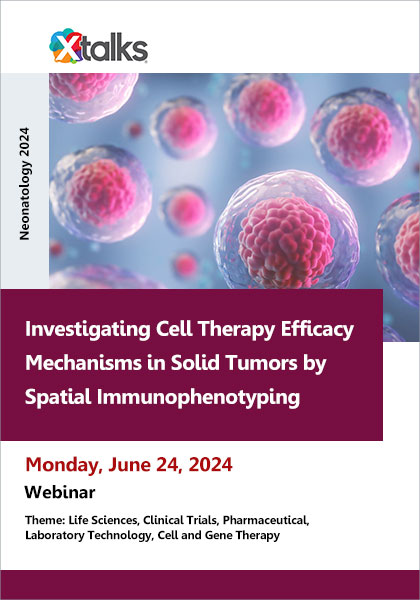
Patient biopsy samples received from Adaptimmune’s clinical trials are considered very precious, therefore careful consideration is taken to decide which histological staining and assays are used on these tissue sections. These analyses serve to achieve our team and research department’s primary endpoints as well as help determine which assays can provide the clearest understanding of the whole tumour microenvironment (TME).
Multiplex immunofluorescence (mIF) assays, like Ultivue’s 8-plex panels, offer the advantage of preserving the architectural features of the tumour microenvironment (TME) by utilising a single tissue section for multi-target profiling. This can reveal the spatial relationships between tumour cells, Adaptimmune engineered T-cells, endogenous T-cells, other immune cells, and stromal components that are present.
In this webinar, we will introduce how we use these Ultivue panels alongside conventional H&E, IHC, and our other in-house assays. In addition, we will show examples of pre- and post-treatment patient biopsies for multiple indications to demonstrate how we utilize image analysis software to quantify cell densities of subsets of infiltrating immune cells. We will also describe how we use the spatial analysis tools to study cellular spatial patterns within the tumour tissue, and how these are used to understand the effectiveness and mechanism of our cell-based therapies.
Register for this webinar today to learn how multiplex immunofluorescence panels help determine the effectiveness of cell therapies for solid tumors.
Theme: Life Sciences, Clinical Trials, Pharmaceutical, Laboratory Technology, Cell and Gene Therapy.
Monday, June 24, 2024 | 10am EDT (NA) / 3pm BST (UK) / 4pm CEST (EU-Central) 60 min.
